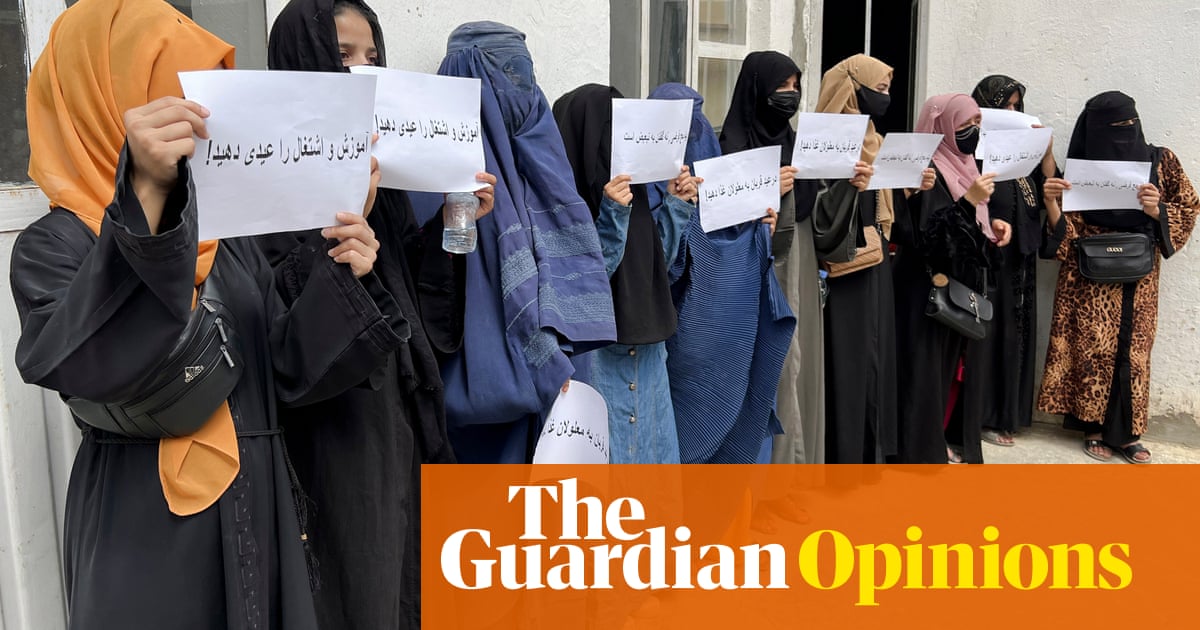
A few years before the uprisings in 2011 that rocked Egypt, and the wider Arab world, a young Egyptian blogger offered a biting assessment of the state of the economy. He wrote that he wished to live in the “macro world” because “everyone says the numbers look great.”
His point was clear: Yes, perhaps the overall numbers relating to growth and investment looked good and fund managers were touting Egypt as a “hot emerging market,” but economic life for ordinary Egyptians remained sluggish, uncertain and precarious.
Fast forward almost a decade and, once again, the numbers are looking good. The International Monetary Fund predicts 5.5 percent growth for Egypt in 2019, considerably higher than the regional average of 1.3 percent. The latest World Bank economic update for Egypt notes that “growth has been robust and broad-based.” Meanwhile, emerging-market debt investors are piling into the Egypt trade, Standard Chartered Bank predicted the country will be one of the 10 largest economies by 2030, and a Bloomberg analysis tagged Egypt as one of the two most resilient emerging markets in a global trade-war environment.
Yet while bankers and fund managers are listing Egypt in the “next hot thing” category, unemployment hovers around 9 percent and inflation remains doggedly stuck at about 14 percent. While the country’s economic reforms — the usual mix of cutting state subsidies and lowering public-debt levels — have satisfied the IMF, most Egyptians remain in the seemingly never-ending cycle of trying to keep pace with rising prices amid an environment of stagnant wages.
There are positive economic signs in Egypt, but they must lead to results sooner rather than later to build a constituency for reform.
Afshin Molavi
Dig deeper into the World Bank report on Egypt and you will discover the crux of the matter: “Social conditions remain difficult as real incomes have been eroded by inflation,” the bank notes. What is more, the global lending body said that “participation in the labor market and the formal employment rate have both been declining since 2010” and “the erosion of real incomes continues to be a concern.”
This declining participation in the formal labor market, combined with Egypt’s long tradition of a robust informal market, makes the relatively modest unemployment number less meaningful.
Egypt’s policymakers face a key dilemma and it should be a familiar one. After all, it is similar to the dilemma that was faced by former President Hosni Mubarak and his policymakers, and by “hot emerging markets” everywhere. In 2008, Egypt was attracting record levels of foreign direct investment, Egyptian ministers were feted at the World Economic Forum in Davos, and the North African state was seen as an emerging market on the rise. A 2008 report issued by the IMF noted that Egypt’s “bold reforms” had sparked the country’s best performance in years, making it “one of the Middle East’s fastest-growing economies.”
Fast growth, however, does not always mean sustainable job growth. Instead, it often means rising short-term inequality. That is precisely what happened in Egypt on the eve of the uprisings.
But Egypt is not alone. Other “hot emerging markets,” such as Argentina and Turkey, have faced similar dilemmas: Growth looked good, investors flocked in, magazine covers touted “the next hot thing,” but job growth was slow, inflation rose and people wondered why they could not live comfortably in the “macro world.” As things began to unravel in these countries, currencies wobbled, debt levels piled up and investors headed for the exit.
Having said that, there are some bright spots on the horizon. One of them is investment in infrastructure. Egypt has spent more on power projects than any other country in the Middle East and North Africa region, according to MEED Business Review. In a region where Gulf Cooperation Council states generally spend the most on infrastructure, Egypt’s top ranking over the past five years is notable. This is the sort of infrastructure spending that can underpin private sector growth.
Talking of the private sector, there is some good news there, too. According to a report in Al-Ahram Weekly by Sherine Abdel Razak, overall earnings in Egyptian private sector companies increased by 10 percent in the first quarter of this year. While this is decent growth, the role of Egypt’s military-backed companies in the economy has been growing at an alarming rate, possibly masking the true potential of the country’s private firms.
Egypt’s economic future matters immensely not only to its 100 million inhabitants but also to Africa and Europe. A thriving and prosperous Egypt would give a powerful boost to North Africa, the Mediterranean region and East Africa, as well as the broader Middle East. For now, the world can handle a flailing Egypt that is still trying to find its footing and trying to make its promising “macro world” numbers work better for the “micro world” of its citizens. On the other hand, a failing Egypt with a cratering economy would pose systemic risks to the Mediterranean region, Europe and the wider Middle East.
There are positive economic signs in Egypt, but they must lead to results sooner rather than later to build a constituency for reform.












